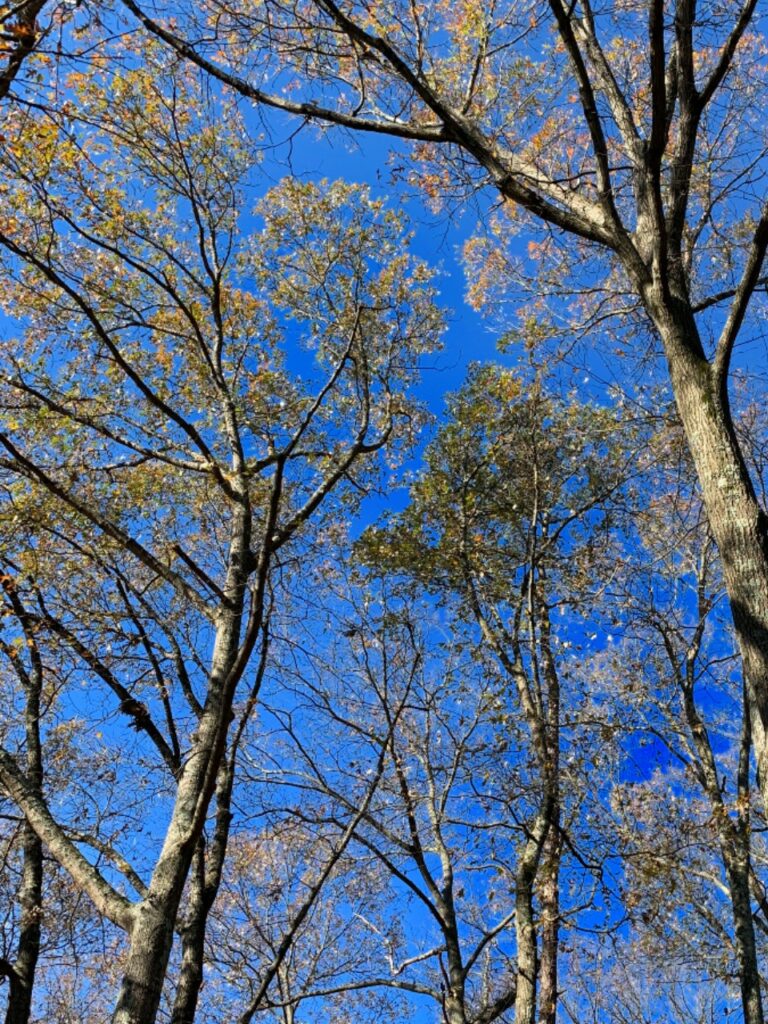From Little Acorns, Grow Mighty Oaks

By Maria Price
“Old folks live in old oaks” is an old mythological reference to oak fairies living in old oak trees. But the saying could also apply to the number and variety of insects living in oaks.
The Nature of Oaks: The Rich Ecology of Our Most Essential Native Trees is the latest book by Douglas Tallamy, professor of entomology and wildlife ecology at the University of Delaware. Tallamy asks that if you’re thinking of adding a new tree to your landscape, consider an oak.
Tallamy is a respected and vocal advocate of the environment. His books and lectures have helped nurture the native plant movement and its importance in restoring native insect populations. Without native insects, bird populations are declining. According to Tallamy, insect populations have declined globally by at least 45 percent since 1979. A decline in insects has led to a decline in birds—there are 3 billion fewer birds in North America than there were just 50 years ago.
Oaks are considered a keystone species because they support over 500 kinds of moths and butterflies, nearly 100 more species than their closest competitors, the native cherries. No other tree genus supports as much life. There are about 90 species of oaks in North America and they are the top life-supporting trees in 84 percent of counties. Maples support 295 species of caterpillars, white pines support 179 species, ironwoods support 77 species of caterpillars, and sweet gums support 35 caterpillar species. Dogwoods support 126 species of caterpillars, serviceberry supports 114 species, Eastern redbuds support only 24 species, and spicebush supports just 11 species.
It’s easy to see that a yard without oaks is meeting only a fraction of its life support potential. According to Tallamy, oaks support more caterpillars than any other plant genre in most of the United States.
Oak trees’ enormous root systems also make them champions of carbon sequestration, soil stabilization, and watershed management. Plant an oak tree and plant a brighter future for insects, birds, and the environment.
